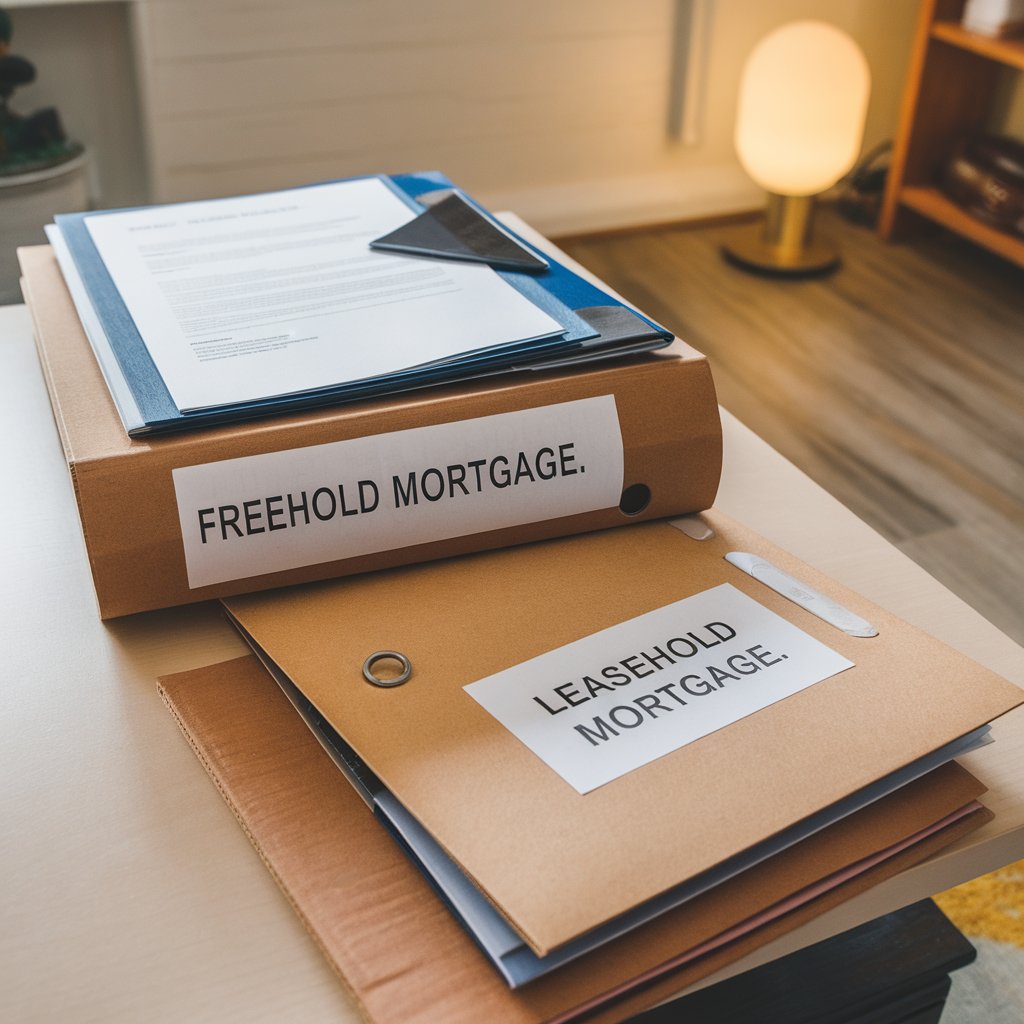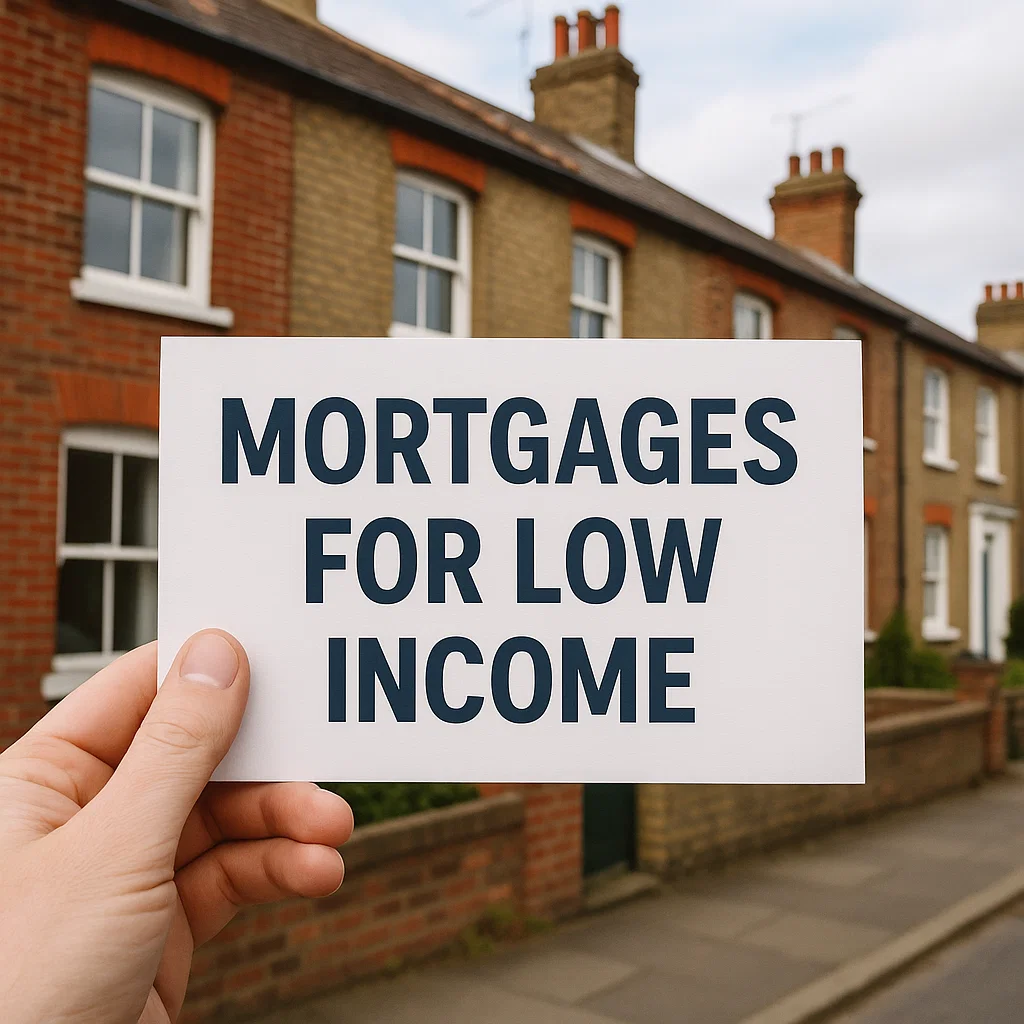Yes, you can change your residential mortgage to a buy-to-let mortgage to legally rent out your existing property in the UK. This process involves obtaining consent from your current lender or remortgaging under new terms that support rental income. It’s essential to comply with lender requirements and UK letting regulations to ensure legality.
Key Points:
- Obtain “consent to let” from your current lender or remortgage to a buy-to-let product
- Demonstrate that rental income can cover mortgage payments for buy-to-let approval
- Comply with UK letting regulations, including landlord licensing and property safety standards
- Anticipate potentially higher mortgage rates and additional costs such as landlord insurance
- Consider UK tax implications including Section 24 restrictions on mortgage interest relief
- Consult a mortgage adviser to navigate the legal and financial complexities
Understanding the Transition from Residential to Buy-to-Let
Switching a residential mortgage to a buy-to-let mortgage involves understanding the fundamental differences between these two types of lending products, as they cater to distinct financial and regulatory requirements within the UK property market.
Property owners must follow specific procedures, including obtaining consent from their current lender and possibly re-evaluating their financial standing to meet different lender criteria. The process often involves challenges such as increased interest rates, higher deposit requirements, and stricter income assessments based on rental yield rather than personal income.
Key Differences Between Residential and Buy-to-Let Mortgages
| Feature | Residential Mortgage | Buy-to-Let Mortgage |
|---|---|---|
| Purpose | Owner occupancy | Rental income generation |
| Interest Rates | Generally lower | Typically 1-2% higher |
| Assessment Criteria | Based on personal income | Based on rental income potential |
| Minimum Deposit | 5% (with schemes) | 25% minimum |
| Regulatory Framework | Strict affordability rules | Rental income coverage required |
Purpose and Assessment Criteria: Residential mortgages are assessed based on the borrower’s personal income and ability to service the debt from employment or other personal income sources. Buy-to-let mortgages, conversely, are primarily evaluated on the property’s rental income potential and the borrower’s experience as a landlord, though personal income requirements still apply.
Regulatory Framework: Buy-to-let mortgages operate under different regulatory frameworks. While residential mortgages are subject to strict affordability assessments under the Mortgage Market Review, buy-to-let lending has more flexibility but still requires demonstration of rental income coverage, typically at 125% to 145% of the mortgage payment.
Important Tax Considerations
Section 24 Impact: Since 2017, restrictions on mortgage interest relief under Section 24 of the Finance Act 2015 have significantly affected buy-to-let profitability. Buy-to-let properties are subject to income tax on rental profits, capital gains tax on disposal, and limited mortgage interest relief.
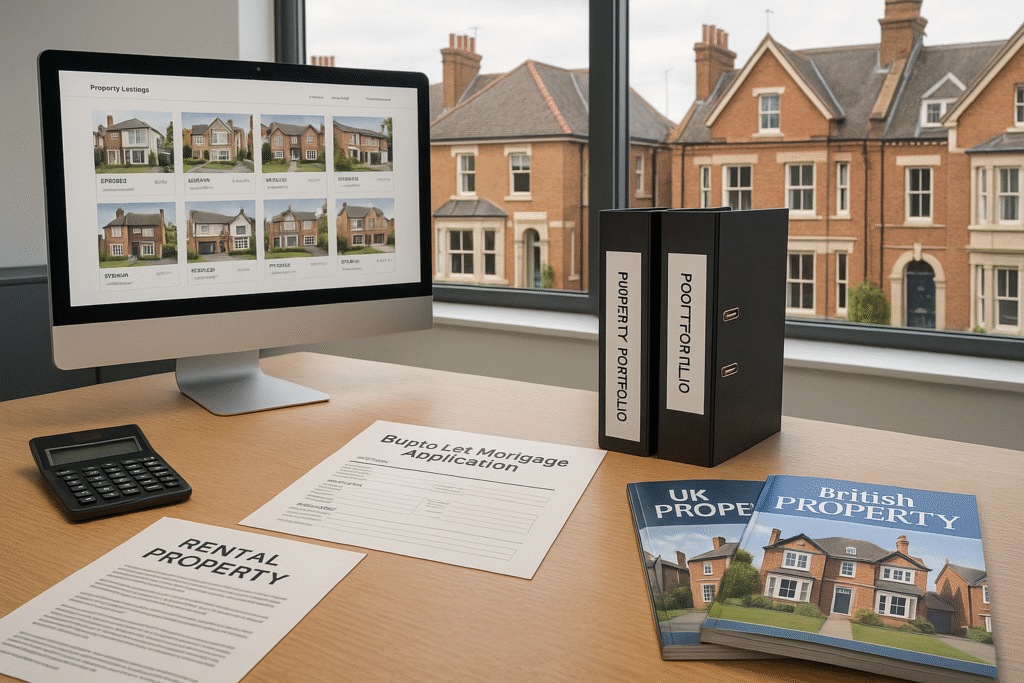
Steps to Convert Your Residential Mortgage
Conversion Process
1 Initial Assessment: Conduct a thorough assessment of your financial position and the property’s rental potential. Research local rental yields and evaluate whether rental income will adequately cover mortgage payments plus associated costs. This is where understanding how buy-to-let mortgages work is key to ensuring your property will meet financial requirements.
2 Contact Current Lender: Request permission to let out your property. Most residential mortgage agreements specifically prohibit letting without consent. Some lenders offer “consent to let” arrangements.
3 Documentation: Provide comprehensive documentation including proof of rental income potential, evidence of financial stability, and details about property management plans.
4 Property Valuation: The lender will require a new valuation to assess rental potential and current market value, considering location and rental market dynamics.
5 Compliance Check: Ensure compliance with UK letting regulations, including gas safety certificates, electrical safety standards, and any local licensing requirements.
Financial Implications and Costs
When converting a residential mortgage to a buy-to-let arrangement, homeowners must carefully consider the various financial implications and associated costs. These expenses can significantly impact the overall viability of the investment and require thorough analysis before proceeding.
Understanding Early Repayment Charges
Early repayment charges represent one of the most significant potential costs when converting a mortgage, particularly if you’re currently within a fixed-rate or discounted rate period. These charges are designed to compensate lenders for the loss of expected interest payments when borrowers exit mortgage deals prematurely.
ERC Impact
Cost Example: A 3% ERC on a £200,000 mortgage would result in a £6,000 charge, representing a substantial cost that must be factored into the conversion decision. ERCs typically range from 1% to 5% depending on how much time remains in the current deal.
Timing Considerations: If you’re approaching the end of your current mortgage deal, it may be financially prudent to wait until the deal expires naturally before converting. However, this must be balanced against potential changes in interest rates or lending criteria.
Deposit Requirements for Buy-to-Let Mortgages
Buy-to-let mortgages typically require substantially higher deposits than residential mortgages, reflecting the increased risk associated with rental properties and the need for greater lender security.
Typical Deposit Requirements
Minimum Deposit Level25% of property value
Competitive Rates30-40% deposit required
Best Rates Available40%+ deposit preferred
Impact on RatesHigher deposits = better rates
Loan-to-Value Impact: The deposit level directly affects the loan-to-value ratio, which in turn influences the interest rate offered. Higher deposits typically secure better rates, with the most competitive buy-to-let rates often reserved for borrowers with 40% or higher deposits.
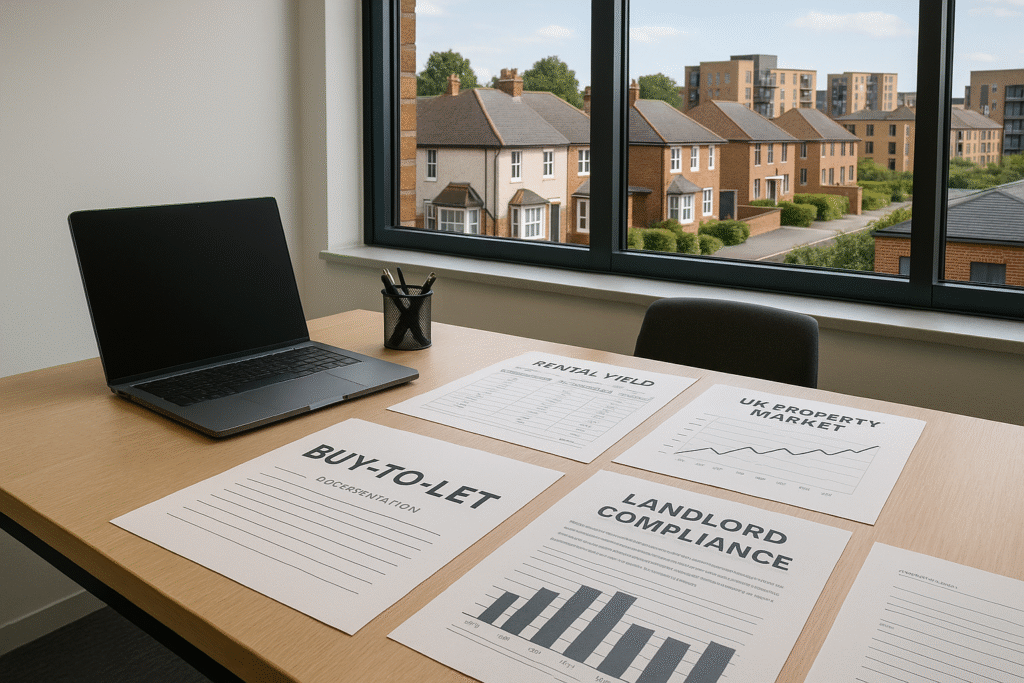
Additional Costs: Stamp Duty and Insurance
Beyond the initial deposit and potential early repayment charges, converting to buy-to-let involves several additional costs that can significantly impact the overall financial commitment and ongoing profitability of the investment.
Stamp Duty Implications: Understanding stamp duty is crucial as Buy-to-let properties are subject to higher stamp duty rates compared to residential purchases. The additional 3% surcharge on stamp duty land tax applies to buy-to-let purchases, significantly increasing the upfront cost.
Landlord Insurance: Standard home insurance policies don’t cover rental activities, necessitating specialist landlord insurance. This typically costs 15% to 25% more than standard home insurance and covers additional risks such as loss of rent, tenant damage, and landlord liability.
Ongoing Compliance Costs: UK letting regulations require various safety certificates and compliance measures. Gas safety certificates, electrical installation condition reports, energy performance certificates, and smoke detector installation represent both initial and ongoing costs.
The Consent to Let Process
When transforming a residential mortgage to accommodate rental income, obtaining proper consent from your current lender is crucial for legal compliance and maintaining your mortgage terms. The consent to let process provides a pathway for homeowners to legally rent out their properties without breaching their existing mortgage agreements.
Obtaining Permission from Your Current Lender
Most residential mortgages contain specific clauses prohibiting the letting of the property without explicit lender consent. Attempting to rent out your property without this permission constitutes a breach of your mortgage terms and can result in serious consequences, including demand for immediate repayment of the entire mortgage balance.
Legal Requirement
Failing to obtain proper consent before letting your property can result in your lender demanding immediate repayment of the entire mortgage balance. This is a serious breach of contract that can have severe financial consequences.
Application Process: The consent to let application typically requires comprehensive documentation including your reasons for wanting to let the property, evidence of your financial stability, details of your intended rental arrangements, and proof of appropriate insurance coverage.
Assessment Criteria: Lenders evaluate consent to let applications based on several factors including your payment history, current financial position, the property’s rental potential, and local market conditions. They’ll assess whether the rental income provides adequate coverage for mortgage payments.
Legal and Financial Implications of Consent to Let
The consent to let process involves significant legal and financial implications that extend beyond simple lender approval. Understanding these implications is crucial for making informed decisions about property letting arrangements.
Contractual Obligations: Obtaining consent to let creates additional contractual obligations between you and your lender. These may include requirements for professional property management, maintenance of specific insurance coverage, and compliance with all relevant letting regulations.
Tax Implications: Converting your residential property to a rental investment has significant tax implications. Rental income becomes subject to income tax, and you may lose certain tax benefits associated with your main residence. The property may also become subject to capital gains tax when sold.
Professional Guidance and Support
When considering the conversion from a residential to buy-to-let mortgage, professional guidance becomes invaluable for navigating the complex regulatory environment and ensuring optimal financial outcomes. The expertise of qualified professionals can significantly impact both the success of the conversion process and the long-term profitability of your property investment.
Benefits of Using a Mortgage Adviser
Utilising a qualified mortgage adviser can greatly streamline the process of converting from a residential mortgage to a buy-to-let arrangement. The complexity of buy-to-let lending, combined with the variety of products available and differing lender criteria, makes professional guidance particularly valuable.
Market Knowledge and Access: Mortgage advisers possess comprehensive knowledge of the buy-to-let mortgage market and maintain relationships with multiple lenders, including specialist buy-to-let providers that may not be directly accessible to consumers.
Regulatory Expertise: The buy-to-let sector operates under complex regulatory frameworks that continue to evolve. Professional advisers stay current with regulatory changes, tax implications, and compliance requirements.
Financial Analysis: Advisers can conduct comprehensive financial analysis to determine the viability of buy-to-let conversion, including cash flow projections, tax impact assessments, and return on investment calculations.
Key Questions for Your Mortgage Adviser
Expert guidance is essential when navigating the complexities of converting a mortgage to buy-to-let, particularly given the regulatory requirements and financial implications involved. Asking the right questions ensures you receive comprehensive advice tailored to your specific circumstances.
Essential Questions to Ask
1 Regulatory Compliance: What are the current letting regulations, safety requirements, and licensing obligations that will affect my property and investment returns?
2 Tax Implications: How will Section 24 restrictions affect my mortgage interest relief, and what strategies exist for optimising my tax position?
3 Product Selection: Which lenders offer the most competitive terms for my specific circumstances, and what are the differences between available products?
4 Cash Flow Analysis: Can you provide detailed projections including all costs such as mortgage payments, insurance, maintenance, and void periods?
5 Exit Strategy: What are the implications of selling buy-to-let properties, including capital gains tax considerations?
Regulatory Compliance and Legal Requirements
Converting a residential mortgage to buy-to-let involves compliance with extensive UK regulations governing rental properties. Understanding and adhering to these requirements is essential for legal operation and avoiding potentially severe penalties.
UK Letting Regulations and Landlord Responsibilities
The UK regulatory framework for rental properties has become increasingly comprehensive, with landlords facing numerous legal obligations designed to protect tenant safety and rights. Compliance with these regulations is mandatory and non-compliance can result in significant penalties, criminal prosecution, and invalidation of tenancy agreements.
Compliance Requirements
Safety Standards: All rental properties must meet stringent safety standards including annual gas safety checks, electrical installation condition reports every five years, and installation of smoke and carbon monoxide detectors.
Energy Performance: Properties must achieve minimum energy efficiency standards (EPC rating E or above) and cannot be legally let if they fail to meet these standards.
Deposit Protection: All tenant deposits must be protected in a government-approved deposit protection scheme within 30 days of receipt. Failure to comply can result in penalties of up to three times the deposit amount.
Right to Rent: Landlords must verify that all adult tenants have the legal right to rent property in the UK before the tenancy begins, involving checking and copying acceptable identity documents.
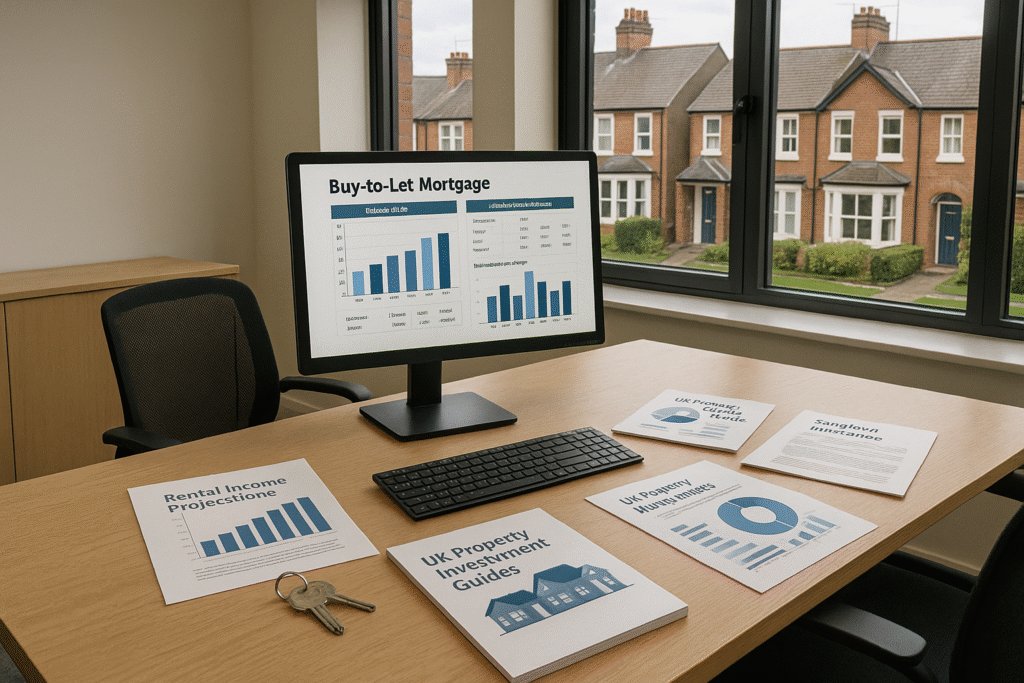
Tax Implications and Section 24 Considerations
The tax treatment of buy-to-let investments has undergone significant changes in recent years, with the introduction of Section 24 restrictions representing the most substantial impact on landlord profitability.
Section 24 Impact
Mortgage Interest Restrictions: Since April 2020, mortgage interest on residential buy-to-let properties can no longer be fully offset against rental income for tax purposes. Instead, landlords receive a basic rate tax credit equivalent to 20% of mortgage interest payments, regardless of their marginal tax rate.
Higher Rate Impact: This change particularly affects higher-rate taxpayers and can significantly reduce net returns from buy-to-let investments.
Capital Gains Tax: When selling buy-to-let properties, any capital gain above the annual exemption threshold is subject to capital gains tax at 18% for basic rate taxpayers or 28% for higher rate taxpayers.
Record Keeping: HMRC requires comprehensive record keeping for rental income and expenses. Landlords must maintain detailed records of all income and expenditure, retain receipts and invoices, and be prepared to provide evidence to support tax returns.
Making an Informed Decision
Converting a residential mortgage to buy-to-let represents a significant financial and legal commitment that requires careful consideration of multiple factors. The decision should be based on thorough analysis of your personal circumstances, market conditions, and long-term objectives.
Comprehensive Analysis: Conduct detailed financial analysis including cash flow projections, tax implications, and sensitivity testing for various scenarios. Consider all costs to ensure realistic return expectations.
Professional Guidance: The complexity of buy-to-let conversion makes professional advice valuable. Engage qualified mortgage advisers, tax specialists, and legal professionals to ensure compliance and optimisation.
Long-term Commitment: Buy-to-let investment represents a long-term commitment with significant upfront costs and ongoing responsibilities. Ensure you’re prepared for the demands of property management and regulatory compliance.
With proper planning, professional guidance, and realistic expectations, converting a residential mortgage to buy-to-let can provide valuable investment returns and portfolio diversification. Success requires thorough preparation, ongoing commitment, and adaptability to changing market and regulatory conditions.

